For many travelers, the idea of sitting in first class on a domestic flight is a dream come true. The spacious seats, the gourmet meals, and the dedicated service are a far cry from the cramped quarters and limited amenities of coach. But for most, the cost of a first-class ticket is out of reach. Enter the seat upgrade, the golden ticket that turns an economy fare into a luxury experience—if you know how to play the game.
The good news is that scoring an upgrade to first class on U.S. airlines is not just a privilege reserved for frequent flyers with elite status. With the right strategies, some patience, and a little bit of luck, you too can enjoy the perks of sitting at the front of the plane without paying the sky-high prices. In this comprehensive guide, we’ll reveal the insider secrets to landing that coveted upgrade, from leveraging your frequent flyer status to using strategic bidding and knowing the best times to fly.
Why First-Class Upgrades Are Worth the Effort
Before we dive into the strategies, let’s take a moment to appreciate why getting upgraded to first class is such a sought-after prize. While international first class is known for its opulent suites and flat-bed seats, domestic first class in the U.S. offers its own set of perks that make the experience worthwhile:
- Extra Comfort: First-class seats are significantly wider, with more legroom and reclining capabilities than those in coach. This extra space is a welcome luxury, especially on long domestic routes.
- Priority Boarding and Security: First-class passengers often receive priority check-in, boarding, and security screening, saving valuable time and hassle.
- Enhanced Service: The service in first class is more personalized, with dedicated flight attendants catering to fewer passengers, often resulting in faster and more attentive service.
- Complimentary Food and Drinks: Unlike coach, where food options can be limited and come at a cost, first-class passengers are treated to complimentary meals, snacks, and a wide selection of beverages, including alcoholic drinks.
- Free Checked Bags: Most airlines offer first-class passengers complimentary checked luggage, which can save you money, especially if you’re traveling with multiple bags.
Given these perks, it’s no wonder travelers are willing to go the extra mile to snag a first-class seat. But how do you make it happen without paying full fare? Let’s explore the most effective strategies.
1. Leverage Your Frequent Flyer Status
One of the most straightforward ways to secure an upgrade is through elite status in an airline’s frequent flyer program. Most U.S. carriers, including American Airlines, Delta, and United, offer complimentary upgrades to their elite members, depending on availability and your status tier. If you travel frequently, achieving even a low-tier elite status can significantly increase your chances of an upgrade.
Understanding the Upgrade Priority System
Every airline has its own system for prioritizing upgrades, and understanding how these systems work can help you game the process. Typically, airlines prioritize upgrades based on a combination of the following factors:
- Elite Status Level: Higher tiers (e.g., Platinum or Executive Platinum on American, 1K on United, or Diamond on Delta) will be prioritized over lower tiers.
- Fare Class: Within the same status tier, passengers who booked a more expensive fare class (like full-fare economy) will be prioritized over those who booked the cheapest tickets.
- Time of Request: The earlier you request your upgrade, the better your chances, although some airlines only clear upgrades within a specific window (e.g., 100 hours before departure for top-tier elites).
- Co-Branded Credit Cards: Some airlines, such as United, offer upgrade priority to travelers holding co-branded credit cards like the United MileagePlus Explorer Card.
If you hold elite status, make sure to request your upgrade at the time of booking, as this puts you in the queue earlier. Even if your upgrade doesn’t clear immediately, you’ll be added to the waitlist for any last-minute openings.
2. The Art of Strategic Booking: Pick the Right Flights
Timing is everything when it comes to scoring upgrades. Certain flights are more likely to have open first-class seats, and choosing these can dramatically improve your chances.
Fly During Off-Peak Times
The busiest travel times—Monday mornings, Thursday and Friday evenings, and holiday periods—are when business travelers and frequent flyers are most likely to be competing for upgrades. If you can fly during less popular times, such as midweek or midday, you’ll face less competition.
Choose Hub-to-Hub Flights
Flights between major hub cities (like New York to Atlanta or Dallas to Chicago) tend to have more elite status holders competing for upgrades. Opt for secondary routes or smaller airports if possible. For example, instead of flying from JFK to LAX, consider flying from Newark (EWR) to San Diego (SAN) or other secondary routes where fewer frequent flyers are vying for the same upgrades.
Look for Flights with Larger First-Class Cabins
Not all planes have the same first-class configurations. Larger aircraft like the Boeing 777 or Airbus A330, which are sometimes used for domestic routes, have more first-class seats than smaller planes like the Boeing 737 or Airbus A320. The more first-class seats available, the better your chances of securing an upgrade.
3. Use Your Miles Wisely: Mileage Upgrades and Companion Certificates
Another way to upgrade is by using your frequent flyer miles or special certificates offered through airline loyalty programs. While these options are not “free,” they can be a great value if used strategically.
Mileage Upgrades
Most U.S. airlines allow you to use frequent flyer miles to upgrade from economy to first class. The mileage required varies depending on the route, demand, and fare class. Typically, using miles to upgrade is a better value on longer domestic routes, such as coast-to-coast flights or routes over three hours long.
For example, American Airlines allows AAdvantage members to upgrade using a combination of miles and cash. If you have elite status, the cash co-pay is often waived, making it an attractive option.
Companion Upgrade Certificates
Some airlines, such as Delta, offer complimentary companion upgrade certificates as part of their elite status benefits. These allow you to upgrade a companion traveling with you to the same class of service as your ticket. Using these certificates strategically—such as on flights where upgrade space is more likely to be available—can turn a coach ticket into a luxurious experience for two.
4. The Power of Bidding: Upgrade Auctions Explained
Several U.S. airlines, including Delta and Hawaiian Airlines, offer the option to bid for a seat upgrade. The bidding process typically opens a few days before departure, and you’ll receive an email inviting you to place a bid. While this might seem like a gamble, it’s often a chance to snag a first-class seat at a fraction of the full cost.
How to Bid Successfully
- Set a Reasonable Price: The airline will usually provide a suggested bidding range, but there’s no need to go straight for the maximum. Instead, aim for the lower-middle part of the range. This shows the airline you’re interested but not desperate, and it often leads to a win.
- Consider the Route: Your bid amount should reflect the length and demand of the route. A $100 bid might work for a short-haul flight, but expect to bid higher for popular routes like New York to Los Angeles.
- Check the Seat Map: If the first-class cabin is still half-empty a few days before departure, there’s a good chance your bid will be accepted. Conversely, if there are only one or two seats left, you’ll need to place a stronger bid.
5. Get to the Gate Early: Last-Minute Upgrades
Even if your initial upgrade request doesn’t clear, don’t lose hope. Sometimes, the best opportunities for upgrades come at the last minute, right at the gate. Airlines often release unsold first-class seats shortly before boarding, and gate agents have the power to upgrade passengers on the spot.
How to Increase Your Chances at the Gate
- Be Friendly and Polite: Gate agents deal with a lot of stress, so a little kindness goes a long way. Engage with them politely, ask if there are any available upgrades, and express your interest in moving up.
- Monitor the Upgrade List: Use the airline’s app to keep an eye on the upgrade list. If you’re near the top, showing up early and reminding the gate agent of your presence can sometimes tip the scales in your favor.
- Offer to Pay: Some airlines allow gate agents to sell last-minute upgrades at a reduced price. If you’re really eager to move up, ask if there’s an option to buy an upgrade on the spot.
6. Bribery and Bargaining: Does It Really Work?
Finally, we come to the most controversial strategy: trying to bribe or bargain your way into first class. Stories abound of travelers offering cash, chocolates, or even lavish compliments to gate agents and flight attendants in exchange for a better seat. But does this tactic really work?
The Verdict on Bribery
While a kind gesture (like bringing snacks for the gate agent) can certainly put you on their good side, outright bribery is unlikely to land you an upgrade. Most gate agents and flight attendants have strict protocols to follow, and offering cash can backfire. That said, being courteous and respectful can sometimes result in a surprise upgrade if seats are available and the agent is feeling generous.
Final Thoughts: Play the Upgrade Game Strategically
Getting upgraded to first class in the U.S. is part art, part science, and part luck. By understanding how airlines prioritize upgrades, using strategic booking techniques, leveraging elite status, and being open to bidding
or last-minute opportunities, you can increase your chances of scoring that coveted first-class seat. It’s not always easy, but with the right approach, you might just find yourself sipping champagne at 30,000 feet the next time you fly.
Have you ever successfully scored a first-class upgrade? Share your experiences and tips in the comments below, and let us know what your ultimate strategy is for landing that elusive first-class seat!
Catch up on the top stories and travel deals by subscribing to our newsletter!



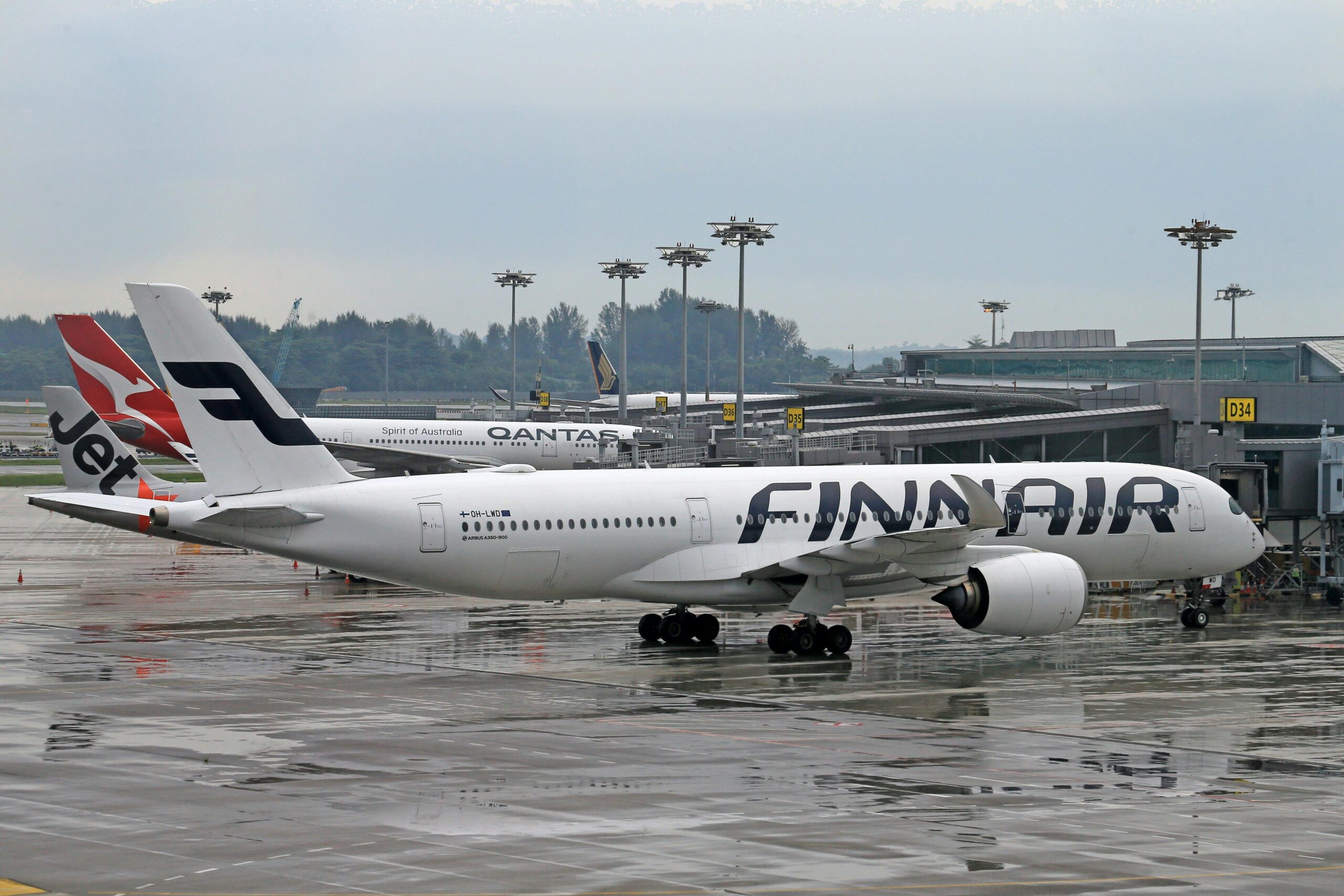
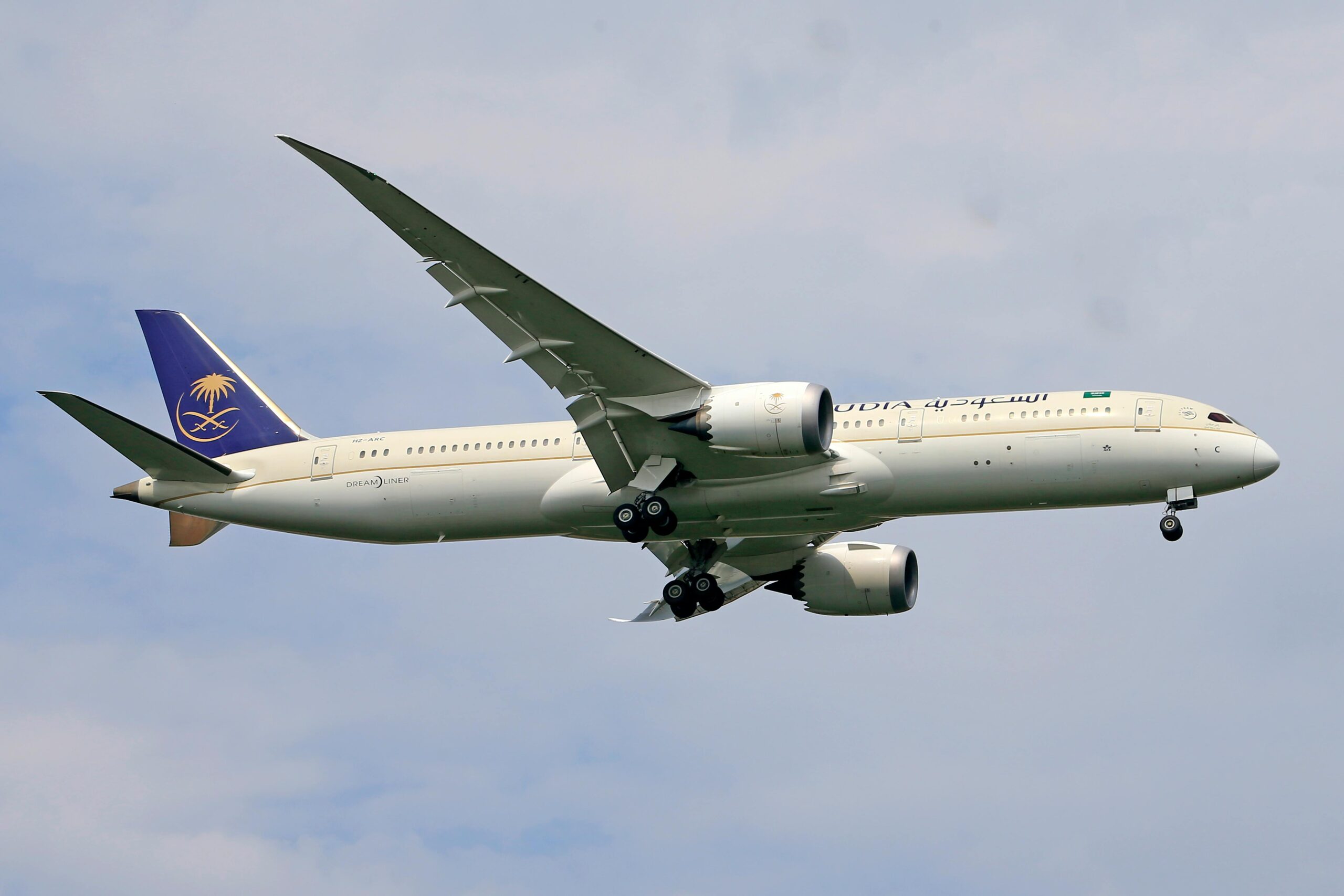
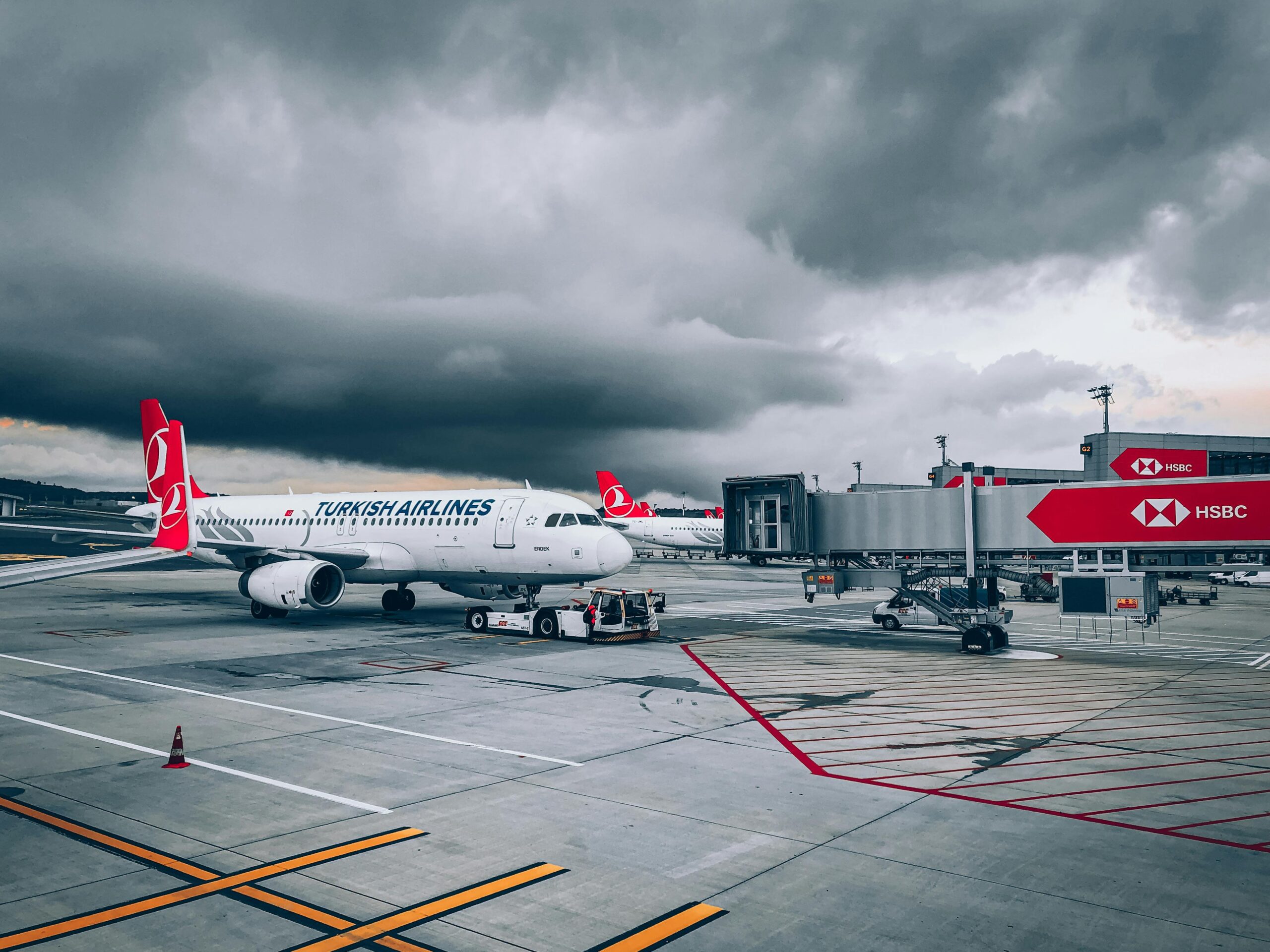
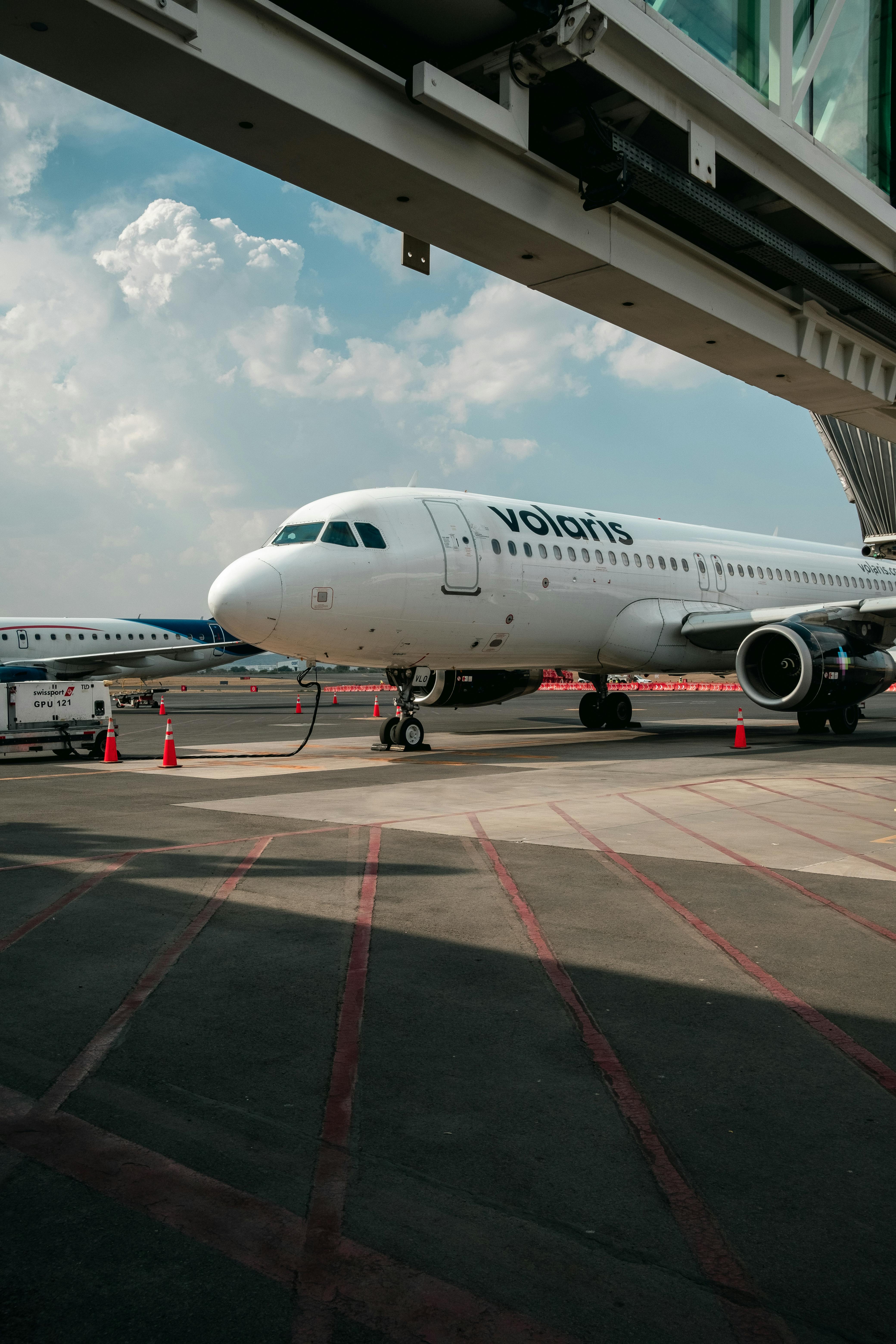

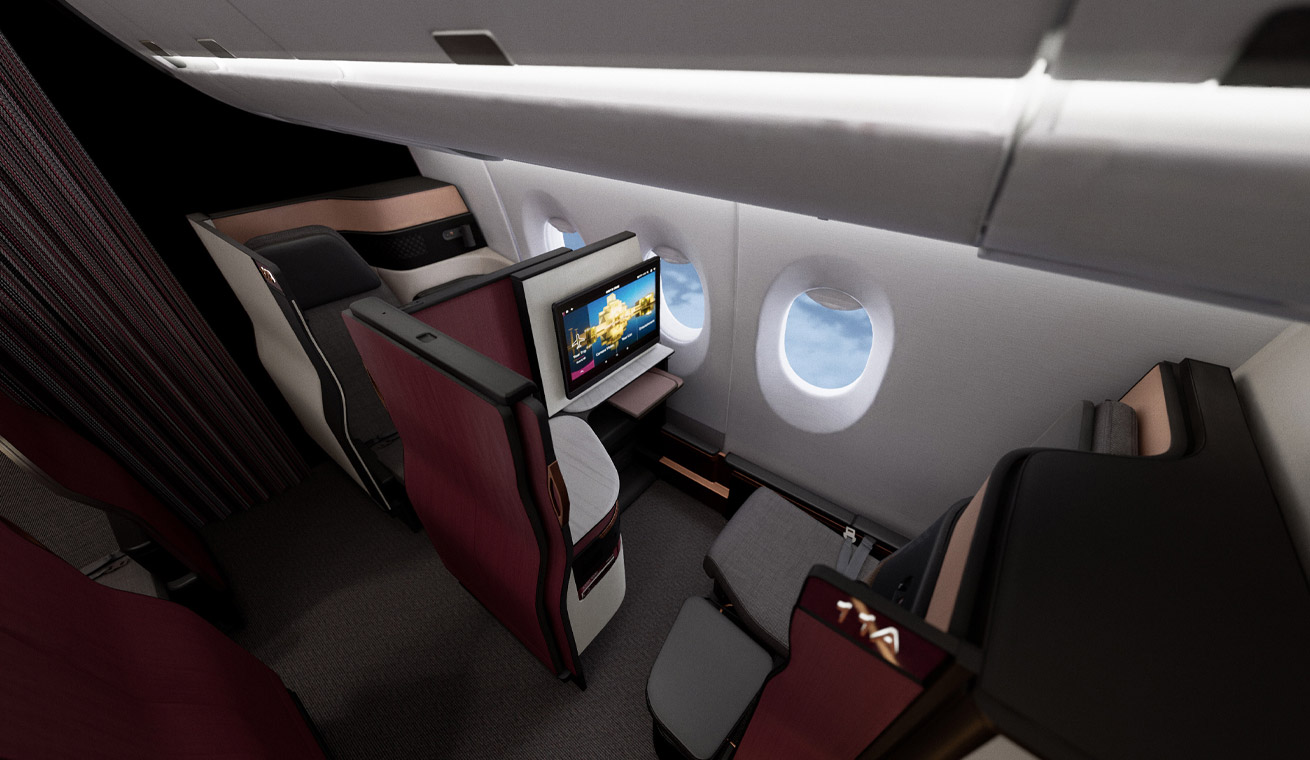



Leave a Reply